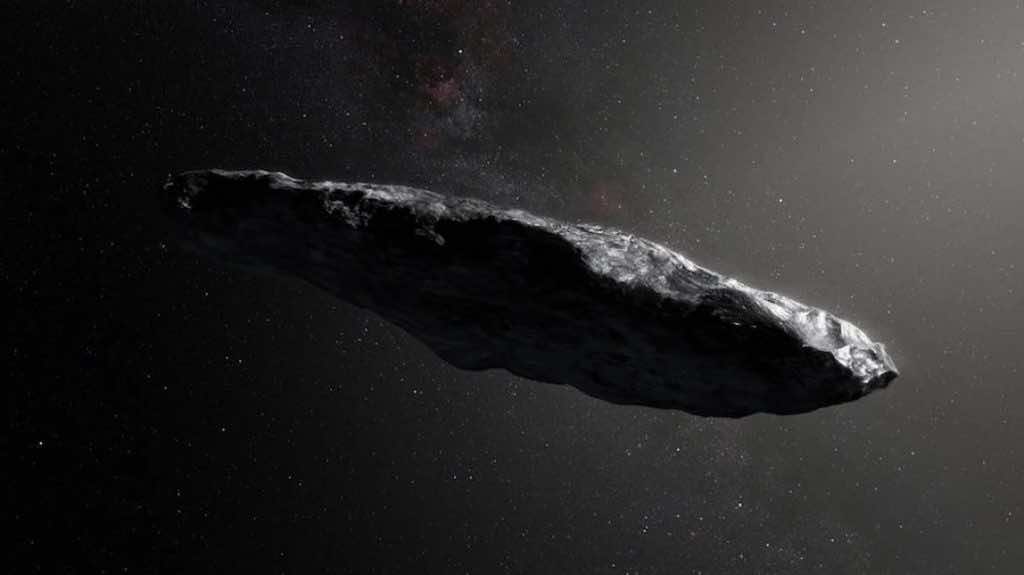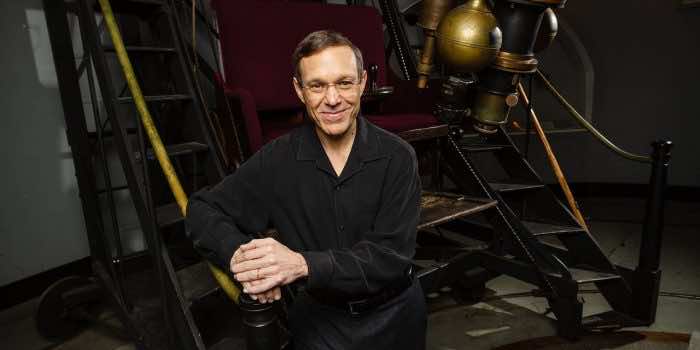Five years ago, a really strange object appeared, nearly a thousand feet long, oblong, shiny, and moving fast across space, tens of millions of miles away from Earth. Its course and speed indicated that the object had come from outside our solar system, a visitor from another star. Astronomers named the object Oumuamua, which is Hawaiian for “scout”.
On one hand, there is an overwhelming majority of scientists who don’t know what ‘Oumuamua is but aren’t willing to speculate as to what it might be.
On the other hand, is a much smaller camp led by Harvard astronomer Avi Loeb, who argues that we should at least consider the possibility that ‘Oumuamua is an alien spacecraft or the remnants of one, at least.

The space rock, dubbed ‘Oumuamua, was the focus of intense debate after it was first observed in October 2017, with Loeb spearheading a small camp of astronomers who believe it may have been a machine crafted by an intelligent alien civilization. Loeb isn’t outright saying ‘Oumuamua was aliens per se, but he is saying we should be open to that possibility. In light of that outlook, he’s asking what “respectable” scientists would never dare to: how many possible ‘Oumuamuas could there be in our solar system that goes unnoticed?
In a new study that has yet to be peer-reviewed, Loeb and co-author Carson Ezell, also a Harvard astronomer, set out to predict how many other similar objects to ‘Oumuamua might be out there. They came to the mind-blowing conclusion that there could be as many as 4,000,000,000,000,000,000 (or four quintillions) in our solar system.

In the paper, they wrote that “one can use recent rates of detection of interstellar objects and known capabilities to estimate the density of similar objects in the solar neighborhood.” They based their calculations on the four interstellar objects that have so far been observed. These are ‘Oumuamua, two interstellar meteors called CNEOS 2014-01-08 and CNEOS 2017-03-09, and the interstellar comet Borisov.


